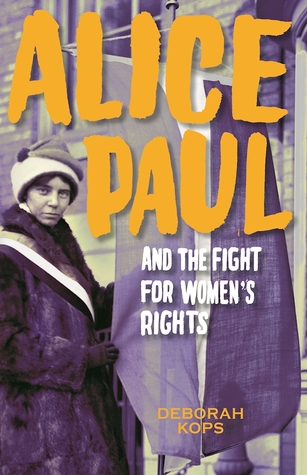Author Margot Livesey shares the lessons she has learned about being a writer in this essay collection. Each section begins with a quote from a famous author such as Robert Louis Stevenson, Epicurus, or George Herbert. She also uses examples from well-known pieces of literature to illustrate her points. Other writers might have chosen to only use their own work as the examples, but Livesey has chosen to refer to works that are widely known and often considered classics as well as pulling from her own writing. It makes an interesting balance and shows how the principles of writing apply across generations of writing past and present. There is humor and honest self criticism. Talking about a novel she attempted to write and the problems she encountered, Livesey identifies one issue as her "failure to understand that irrelevance is a sin." She compares Aristotle's claim that "All human happiness and misery takes the form of action," with the advice "Show don't tell." Everything from dialogue, setting, characters, plot - any of the pieces that go together to create a piece of writing that speaks to readers - are discussed and examples are shown and analyzed. A useful book to read for any aspiring writer or anyone interested in the craft from the perspective of an informed reader. I read an e-book provided by the publisher through NetGalley.
We've all heard of Elizabeth Cady Stanton, Susan B. Anthony and Emmeline Pankhurst and their efforts on behalf of suffrage for women. But in the rush to cover all the topics in the history curriculum standards, they may be the only figures that are introduced in class. The new biography of Alice Paul will expand library collections and offer those interested in the suffragettes a new heroine to learn about. From her first introduction to the topic in a lecture by Christabel Pankhurst, to details on the hunger strikes and other tactics Miss Paul used to gain attention and support for the cause, the details of her years leading the fight for woman suffrage are a fascinating tale. Reading of the infighting and friction between Paul and the National American Woman Suffrage Association and between the NAWSA and the National Woman's Party is a big surprise. It seems so strange that the two groups wanted the same results, but couldn't cooperate with each other.Anyone interested in the work that went into the national right to vote for women and how that crusade also fed into the push for the Equal Rights Amendment, should read this book. Paul was a determined, tenacious, and intelligent adversary to those who opposed her goals. Delving into all the obstacles she conquered, the hardships she endured, and the solutions she devised, will impress readers and earn their respect.I received an advance copy for review purposes from the publisher.

